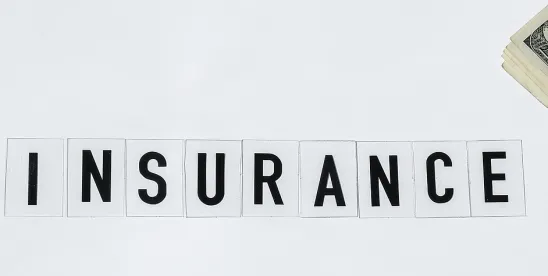The Centre for Women’s Economic Safety (CWES) has recently published Catherine Fitzpatrick’s second ‘Designed to Disrupt’ discussion paper titled ‘Reimagining general insurance products to improve financial security’. The first discussion paper examined how the provision of banking products could be redesigned to limit the potential for financial abuse. Within 12 months, 13 Australian banks had adopted the paper’s primary recommendation and published new terms and conditions featuring account sanctions for customers using their products to inflict harm on others. Fitzpatrick has now turned her attention to the insurance sector, exploring how perpetrators of domestic and family violence exploit general insurance policies and procedures to cause financial harm. She outlines how, by adopting a tailored Financial Safety by Design framework, insurers can provide protection to victim-survivors.
While acknowledging this issue can affect all members of society, the paper focuses on women who are, according to CWES CEO Rebecca Glenn, twice as likely to experience economic abuse compared to men. Potential for such abuse can be mitigated by taking into account the risk of domestic and family violence when designing insurance policies and procedures.
One significant problem highlighted by Fitzpatrick is the current administration of joint policies of general insurance. Insurance providers often allow one policyholder to change or cancel the insurance without the consent or knowledge of their co-insured. As a result, victim-survivors may lodge a claim only to find their insurance has been cancelled or their name has been removed from the policy. Fitzpatrick suggests that insurance providers should limit the granting of joint policies to situations where there is proof of joint ownership of the asset insured. Unless unique circumstances exist, no changes should be able to be made to a joint policy without the consent of all joint policyholders.
Another issue arising in relation to general insurance is the refusal or reduction of claims where damage is caused by a joint policyholder or household member of the insured. Although effective in preventing fraudulent claims, this common exclusion leaves victim-survivors unable to access financial support for property damage caused by perpetrators of family and domestic violence. Fitzpatrick suggests this perverse outcome can be addressed by introducing a ‘conduct of others’ clause into all general insurance policies. Such clauses can be drafted to allow insurers flexibility to pay a claim where the exclusion would otherwise operate to deny coverage to innocent victims of family violence. It is further suggested in the discussion paper that section 54 of the Insurance Contracts Act (1984) (Cth) be amended to explicitly prevent insurers from refusing a claim where the loss is incurred in relation to domestic and family violence.
In addition to the numerous policy changes recommended in the discussion paper, Fitzpatrick also highlights the need for better training for employees working within the insurance industry to allow them to identify and respond sensitively to situations involving domestic and family violence. This might involve providing customers with easier access to financial abuse support materials and establishing clear procedures for the referral of customers to specialist family violence services. By raising greater awareness of the support systems in place, victim-survivors are likely to be more willing to disclose their vulnerable situation, thereby allowing their insurance policies to function more effectively as tools of financial security.
The financial services industry has a crucial role to play in protecting victim-survivors of domestic and family violence and preventing perpetrators from using financial products and services to inflict harm.
We acknowledge the contributions to this publication from our paralegal Tamsyn Sharpe.





 />i
/>i
